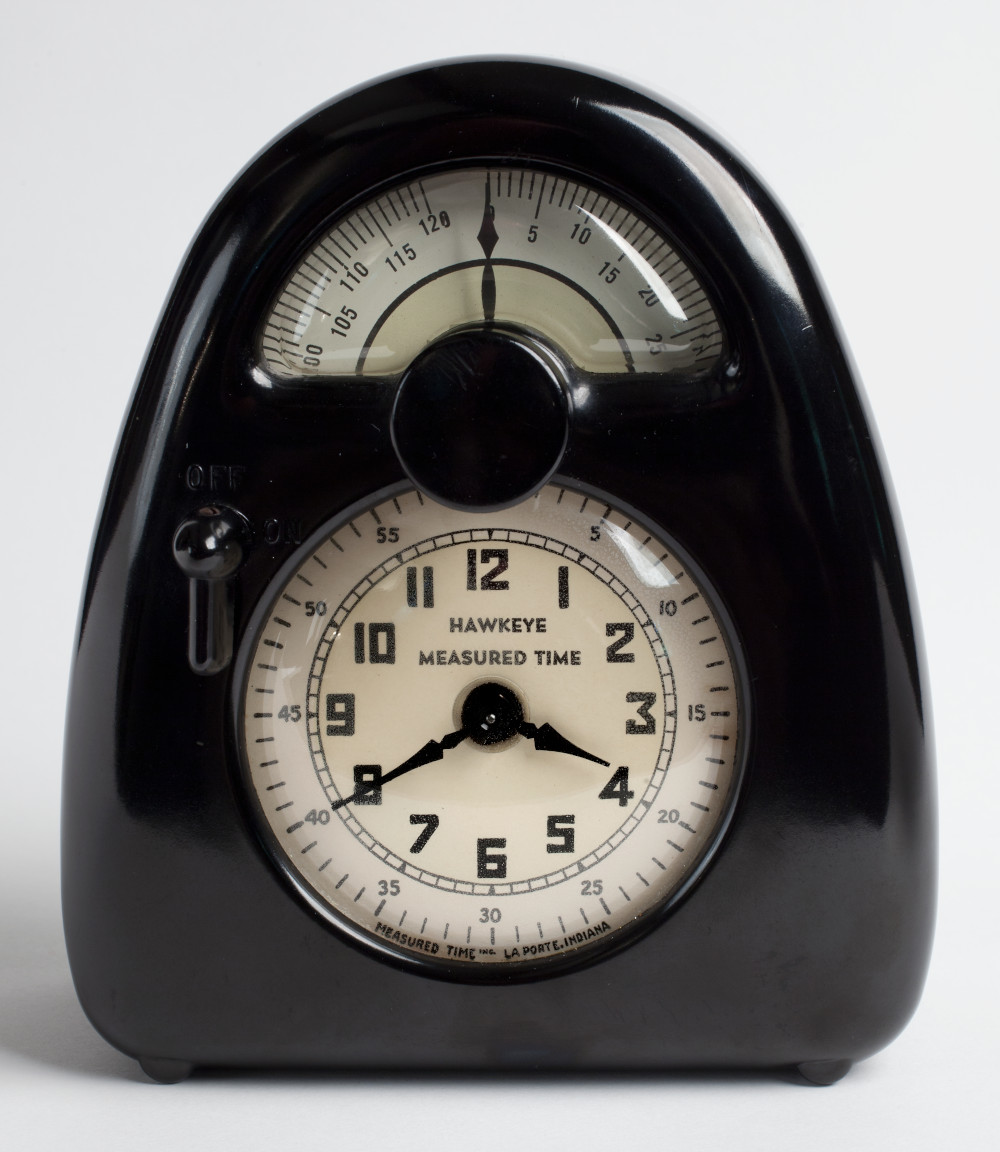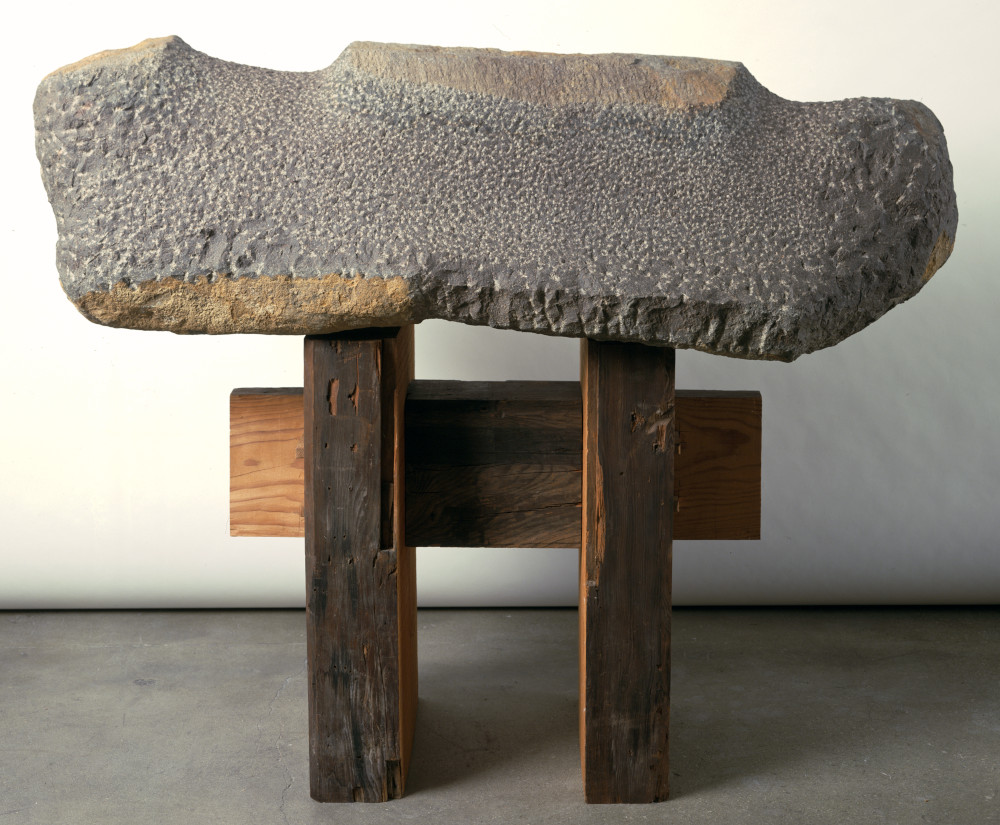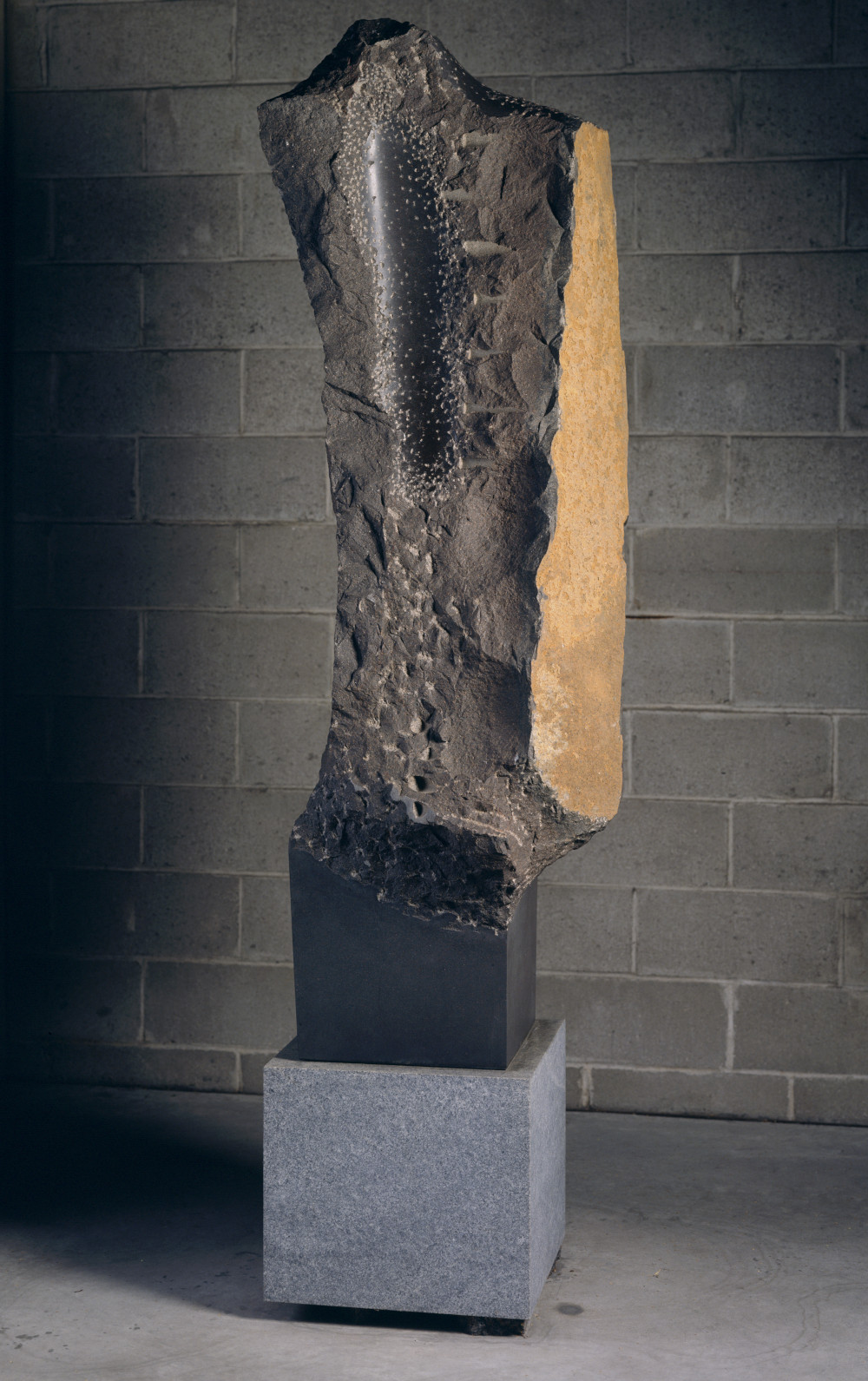Cyclical Time




Noguchi's lifelong “preoccupation with time” began with his streamlined design for the casing of a commercial kitchen timer in 1932. Over the next several decades, his engagements with time would grow more abstract. In his mid‐career work This Earth, This Passage, Noguchi explored the passage of time by walking in a ring of clay with bare feet and then casting the resulting form in bronze. The artist's journey is fixed in his trail of footprints yet seems to unfold endlessly in an unbroken loop. In his late basalt works like Age and Time Thinking, Noguchi found another means of giving material form to the passage of time. The artist delighted in using the most modern of tools on the oldest of materials, engaging in what he called a “meeting from opposite ends of time.” Wishing to maintain the evidence of stone's own evolution over time, Noguchi left visible portions of the basalt's ochre‐colored skin, a crust that forms as its iron contents slowly oxidize. These works meditate on the cycles of change—both human‐directed and geological.
